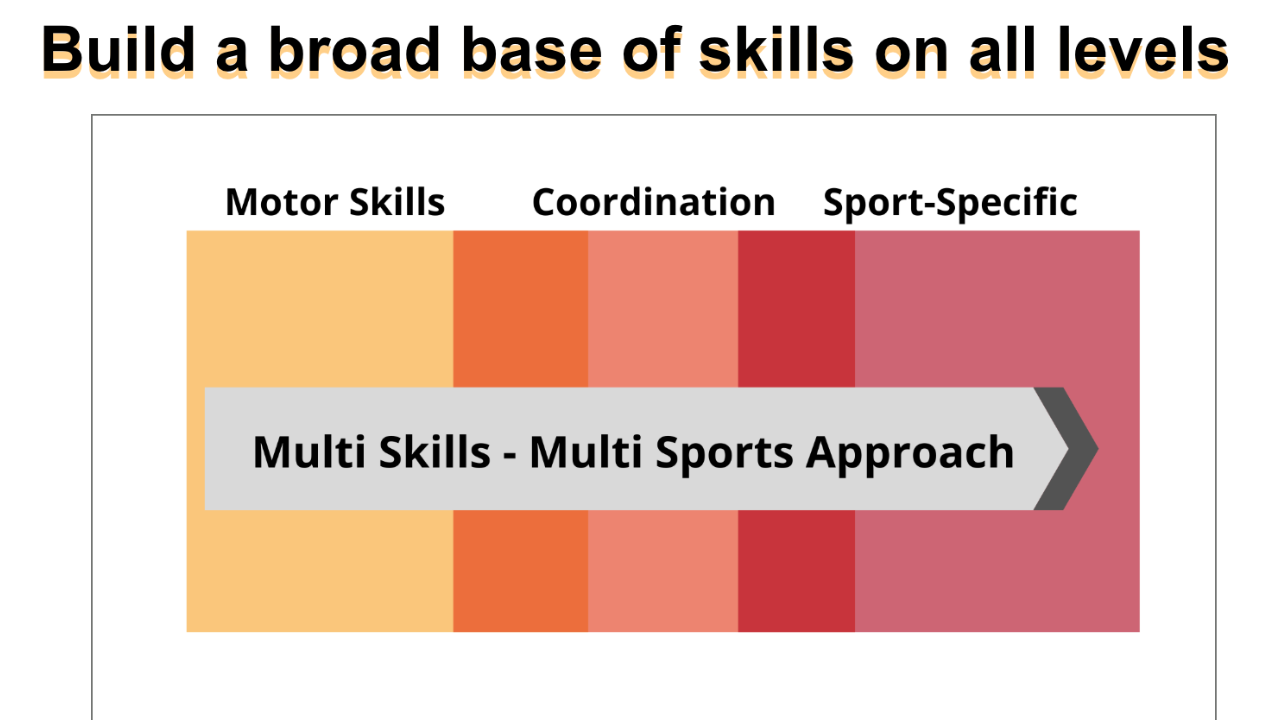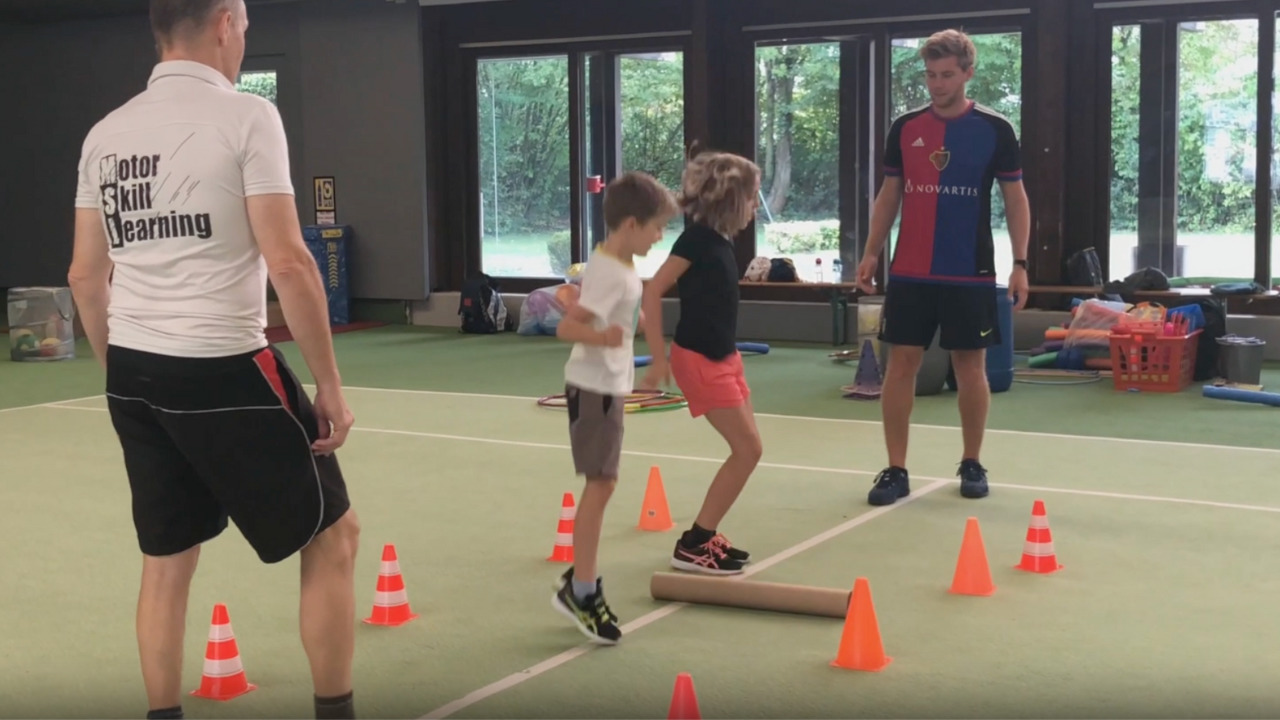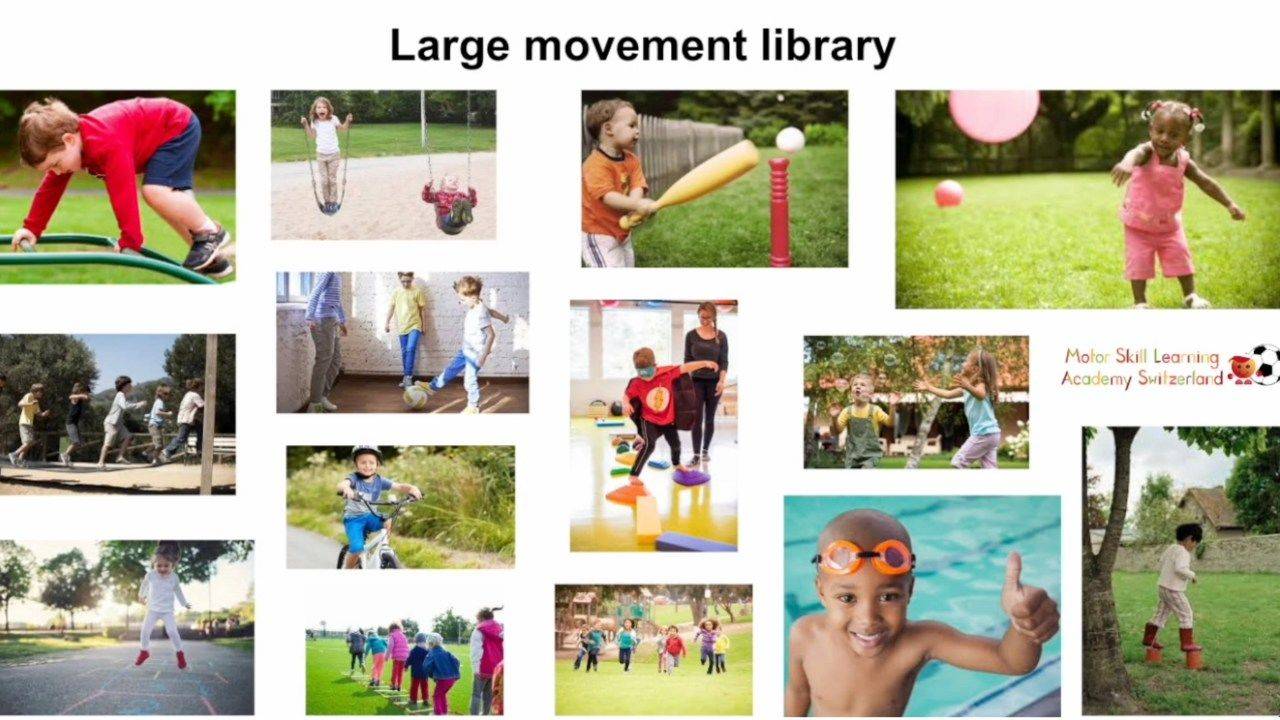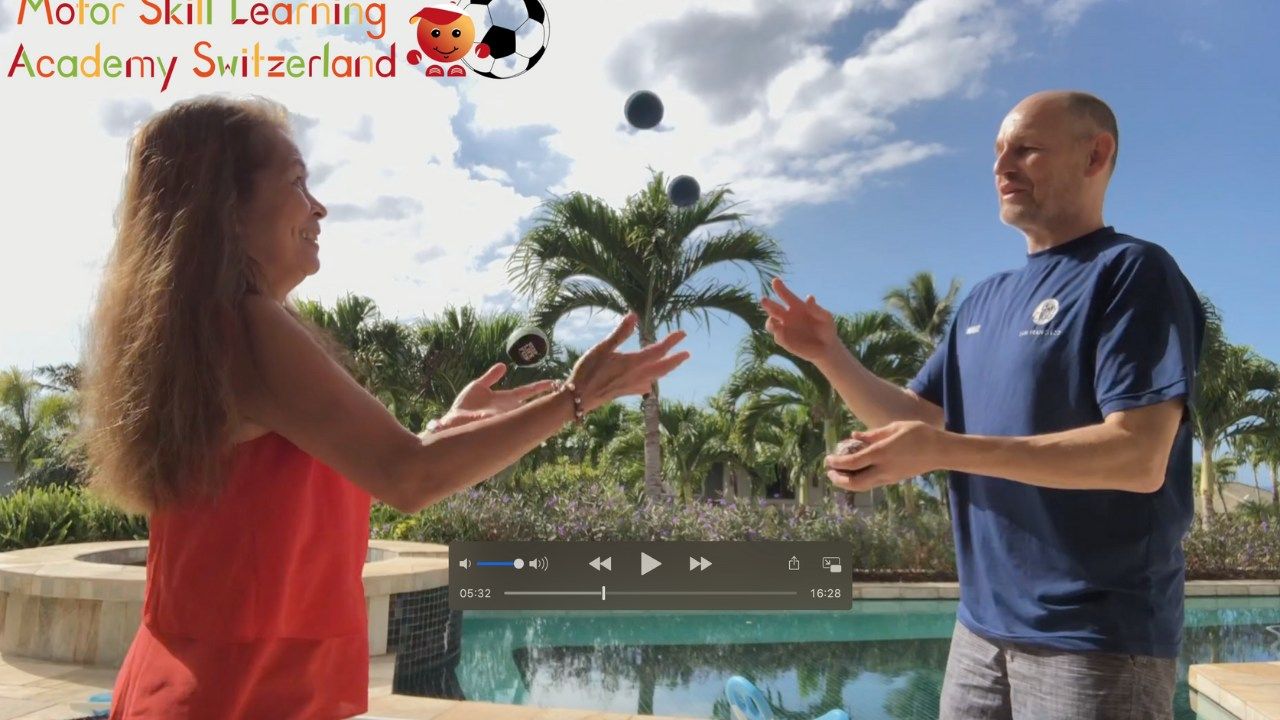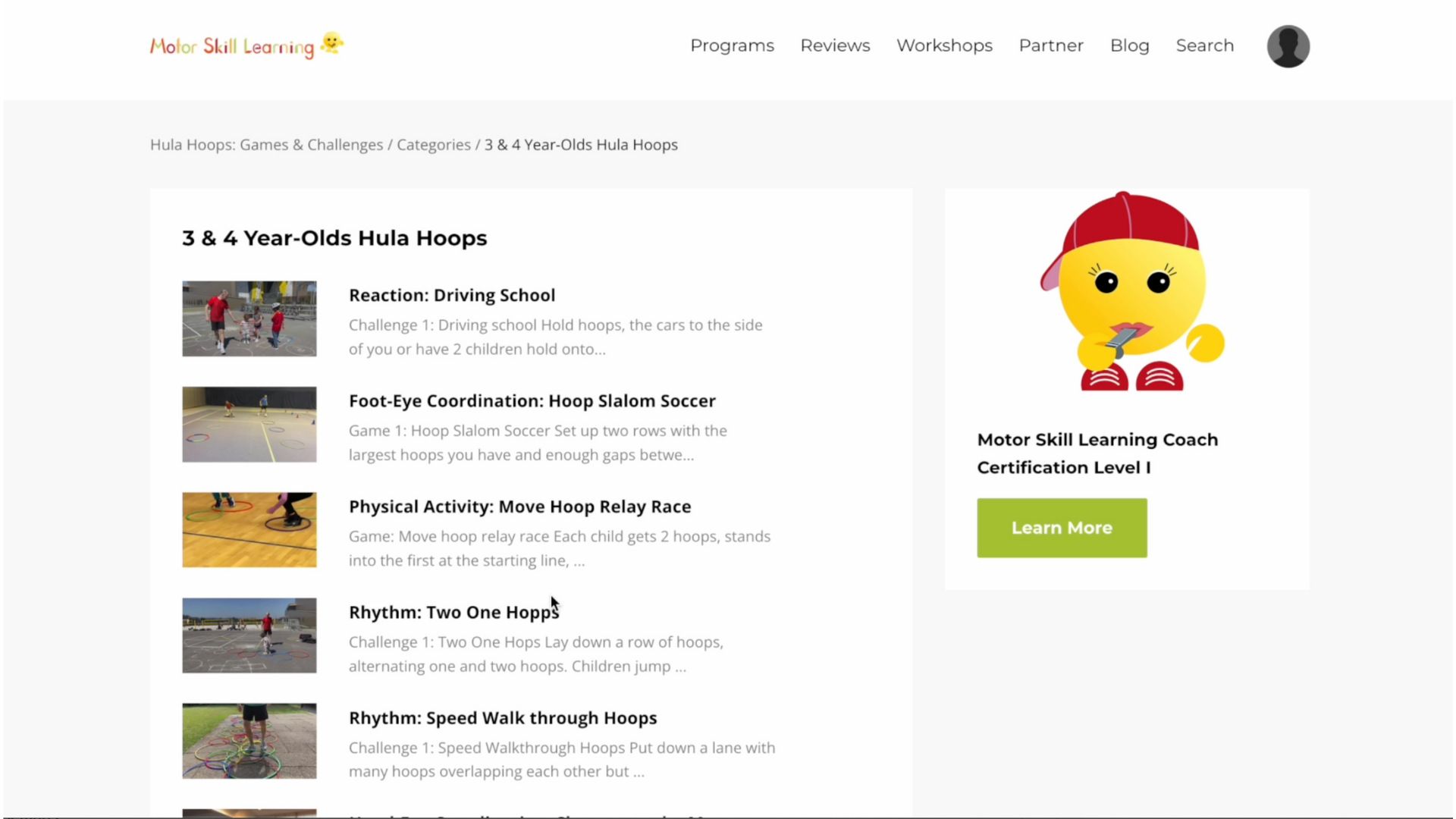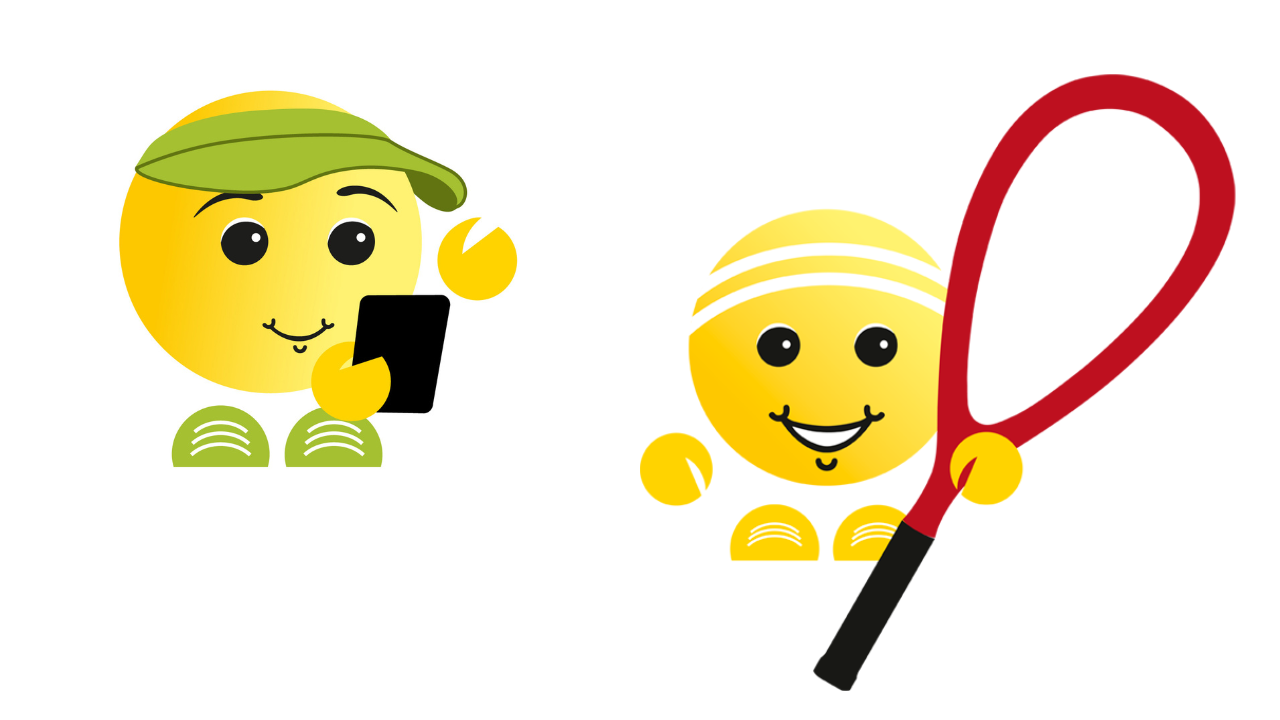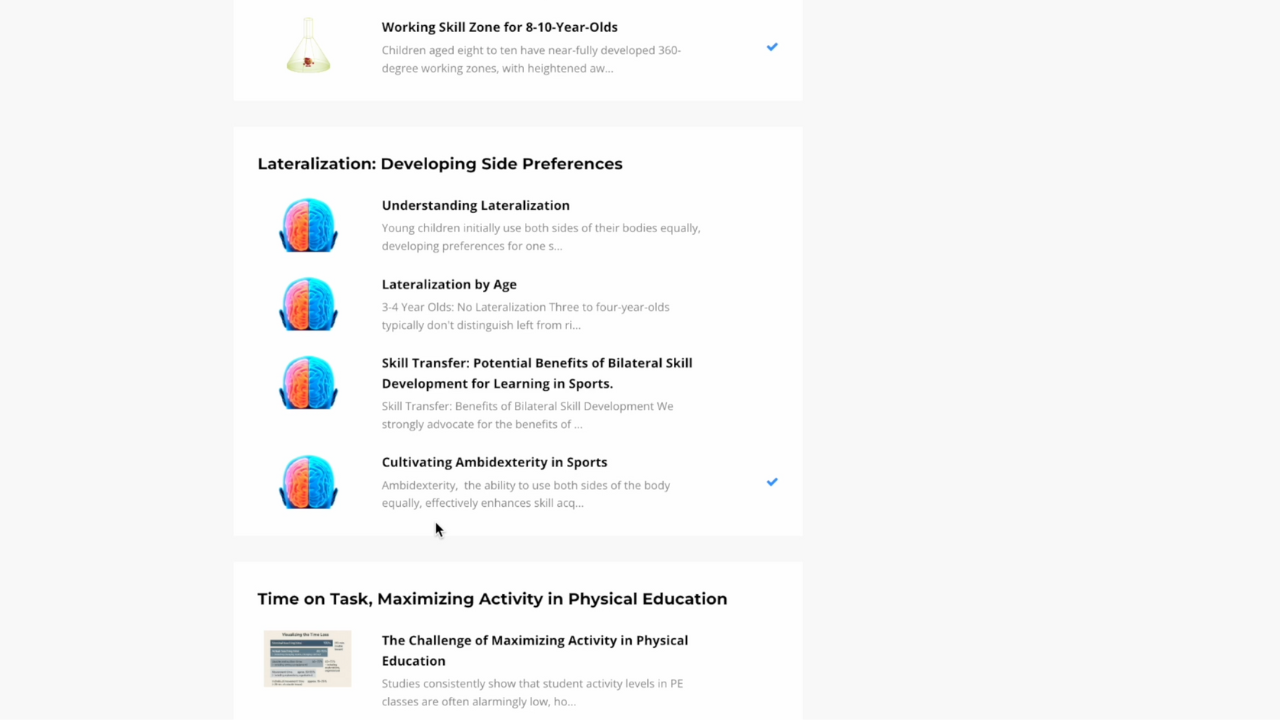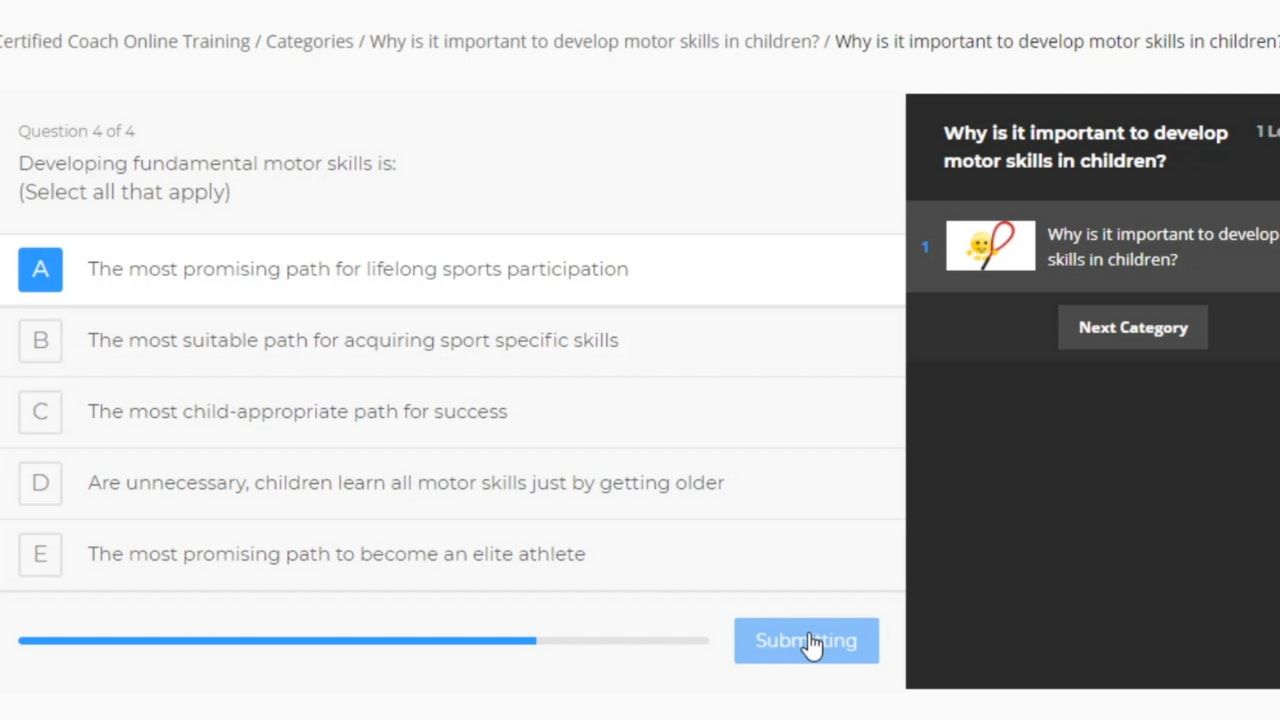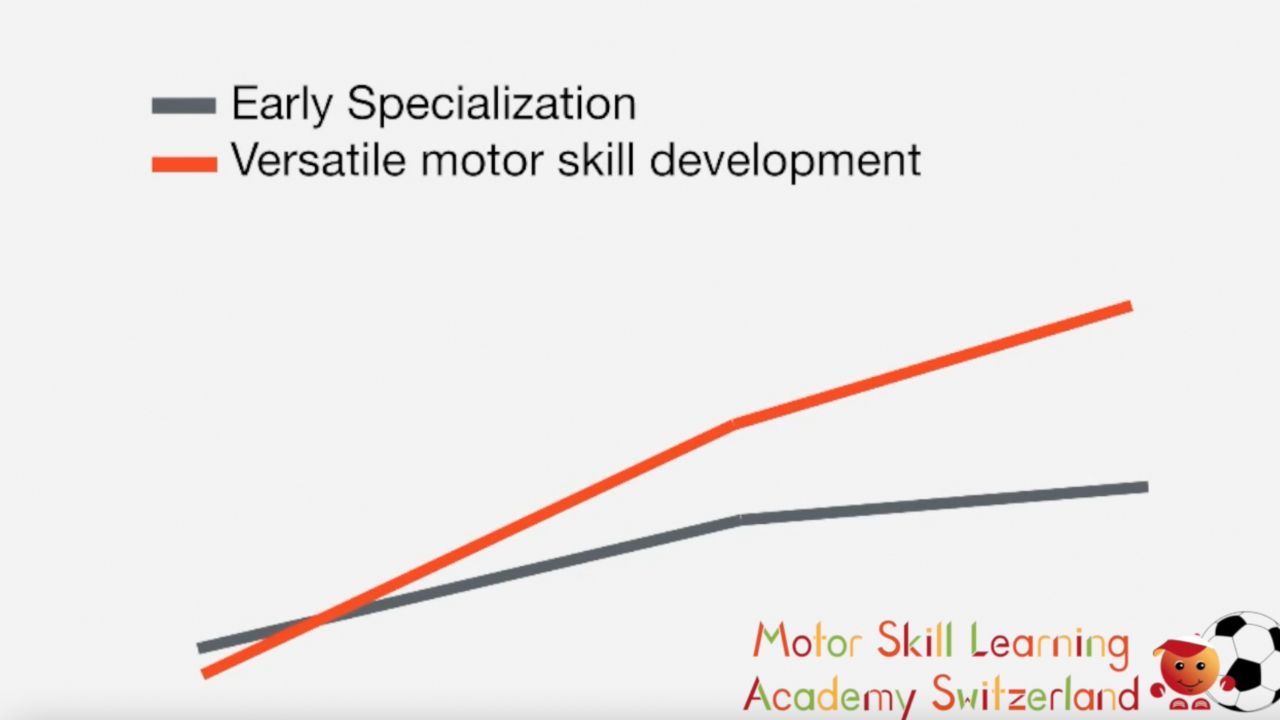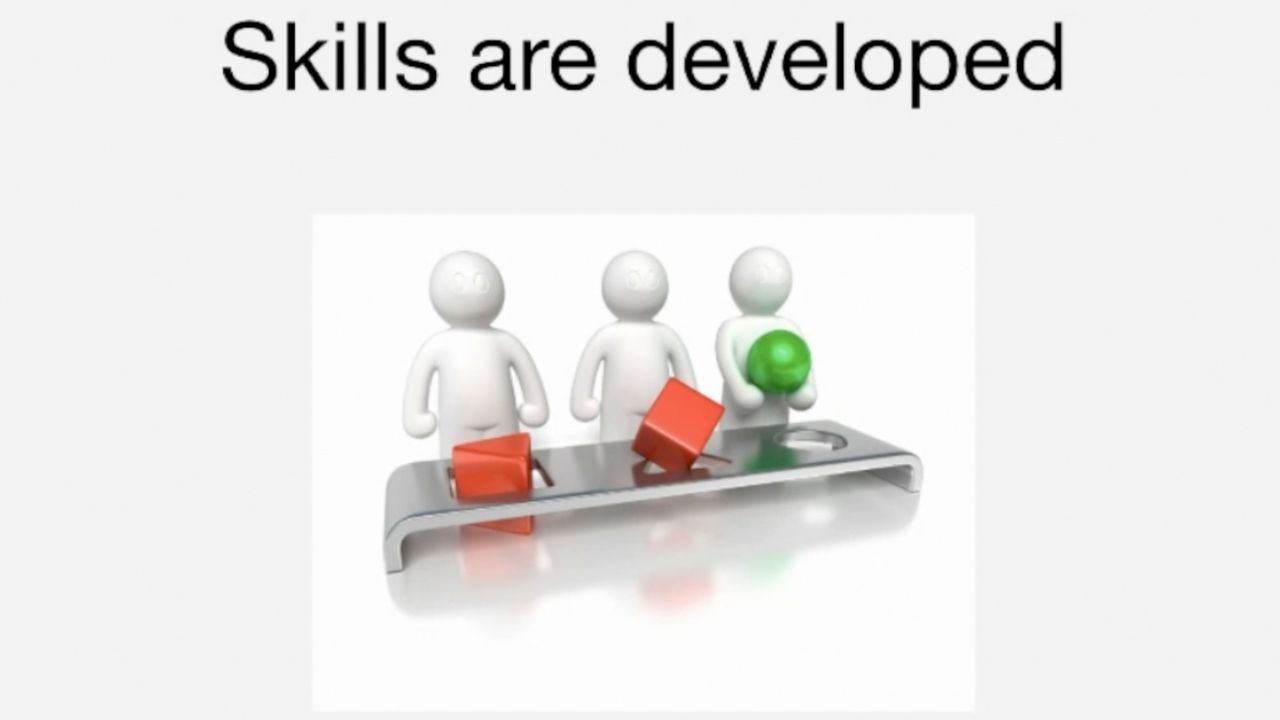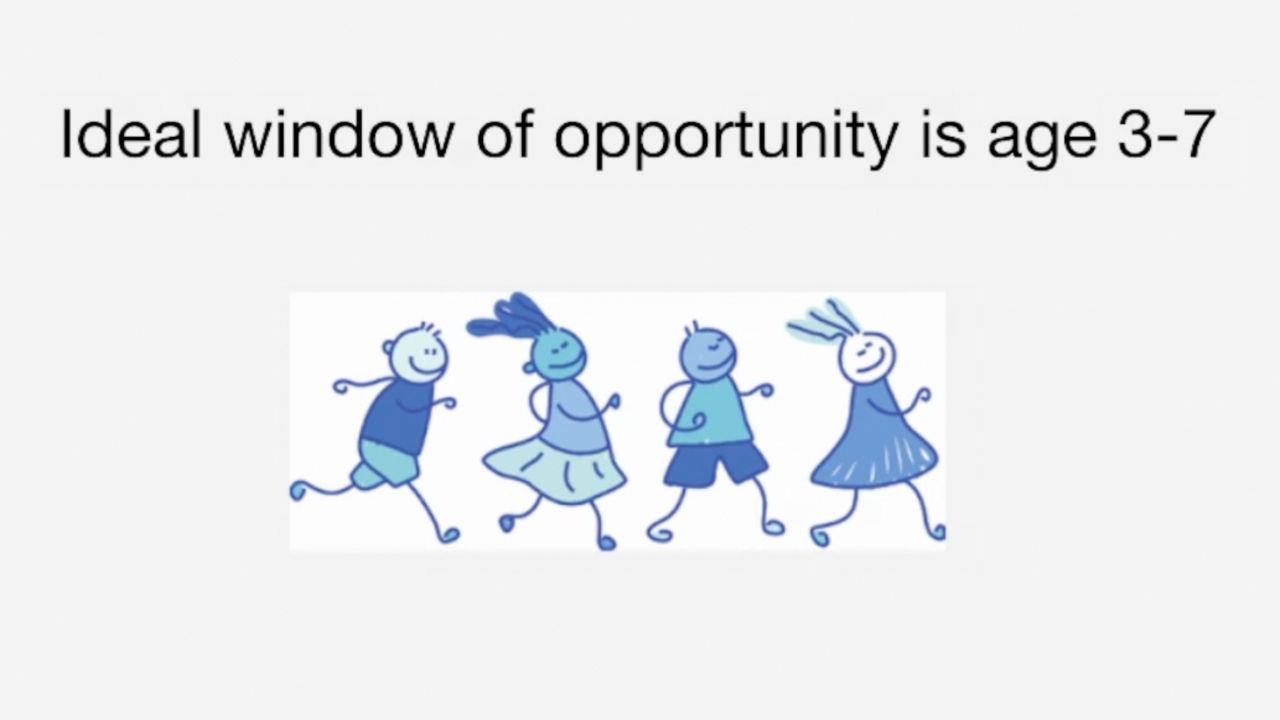Resources to run great sports programs
Multiskills-Multisport Approach
Continue Reading...
Here is an overview of our Professional Development Courses for PE Teachers.
Bilateral Coordination Exercises
5 main reasons why bilateral coordination is important
Continue Reading...
5 main reasons why bilateral coordination is important
1. Enhanced Motor Skills and Efficienc...
Top Games: Rhythm: Two in One Card Box
Continue Reading...
Game 1: Two-in-One Card Box
- Split up children into pairs or 2 teams.
- The more cardboxes yo ...

